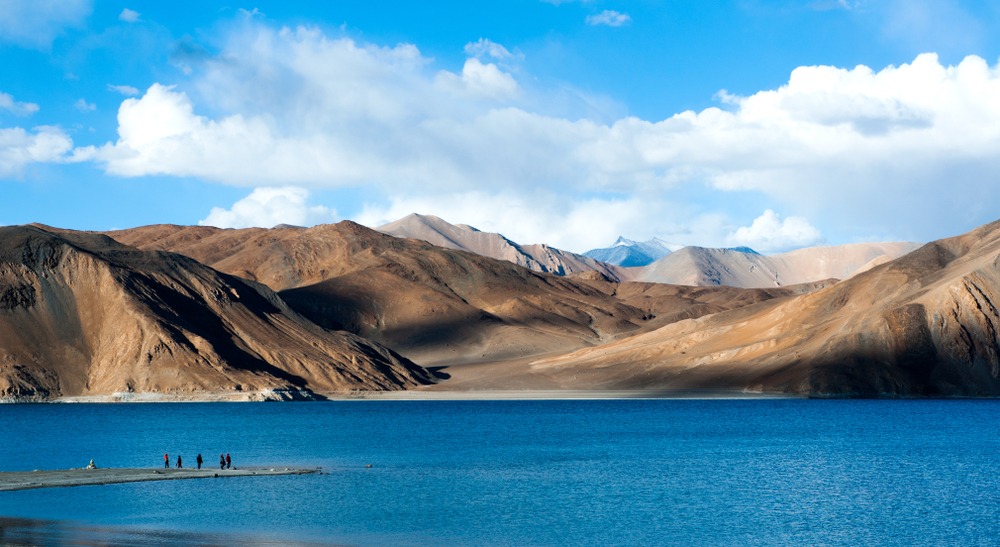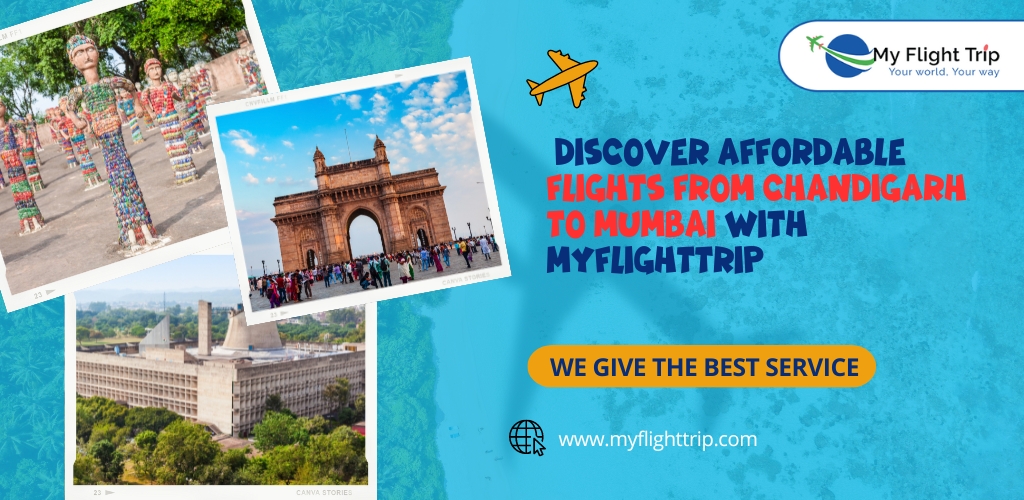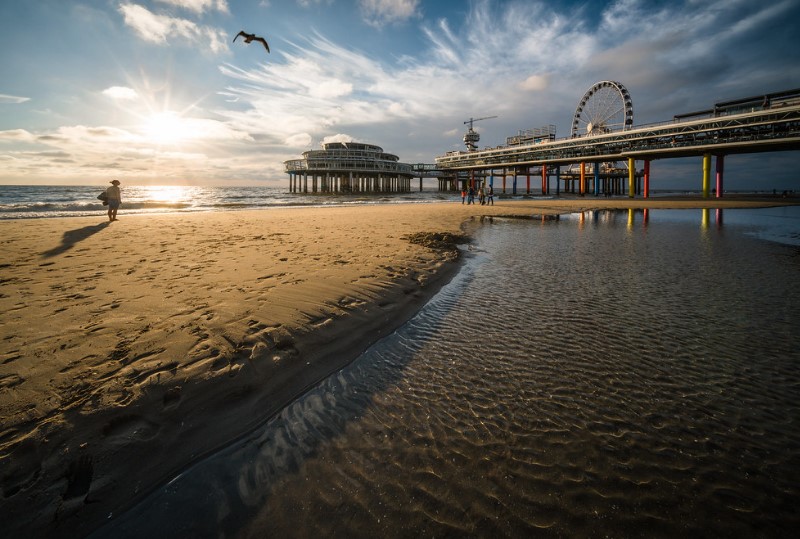Choosing the Right Time to Visit
Bold If you’re like me, you want the best weather for your adventure. Leh Ladakh is perfect from May to September, offering clear skies and smooth roads for our epic bike journey.
Leh Ladakh experiences extreme weather conditions throughout the year, with summers being the most favorable for travelers. During these months, temperatures range from a comfortable 15°C to 30°C, making it ideal for biking and exploring the region. The roads, which are often inaccessible during winter due to heavy snowfall, are open and well-maintained, allowing bikers to traverse the rugged terrain with ease. Moreover, the clear skies offer breathtaking views of the Himalayan peaks and the barren yet beautiful landscapes of Ladakh.
Selecting the Ideal Route
Bold There are some incredible routes to choose from, but for me, Leh-Manali Highway is calling with its breathtaking landscapes and thrilling twists and turns.
The Leh-Manali Highway, stretching over 479 km, is a favorite among bikers for its challenging yet rewarding journey through the Himalayas. Starting from Leh, the highway winds through high mountain passes like Rohtang Pass and Baralacha La, offering panoramic views of snow-capped peaks, deep gorges, and lush valleys. The road conditions vary from smooth stretches to gravel paths, adding to the thrill of the ride. Another popular route is the Srinagar-Leh Highway, known for its accessibility and stunning scenery as it passes through the picturesque Kashmir Valley and crosses the famous Zoji La Pass.
Budget-Friendly Accommodation Options
Bold Let’s be savvy travelers! From cozy guesthouses to charming homestays, Leh Ladakh has plenty of budget-friendly options to crash for the night.
Budget travel doesn’t have to mean sacrificing comfort. Leh Ladakh offers a variety of accommodation options that cater to different preferences and budgets. Guesthouses and homestays are popular choices among budget travelers, providing clean rooms, warm hospitality, and a chance to immerse oneself in the local culture. These accommodations are often located in scenic settings, offering breathtaking views of the surrounding mountains and valleys. Budget hotels and hostels are also available in towns like Leh and Diskit, providing basic amenities at affordable rates for travelers looking to save on lodging expenses.
Renting vs. Bringing Your Own Bike
Bold I opted to rent a bike in Leh Ladakh to save on logistics and ensure I had the right wheels for the rugged terrain. It’s hassle-free and budget-smart!
Renting a bike in Leh Ladakh is a convenient option for travelers who want to explore the region on two wheels without the hassle of transporting their own bike. Several rental agencies in Leh offer a variety of motorcycles suited for different terrains and preferences, from sturdy Royal Enfields to lightweight scooters. Renting allows flexibility in choosing a bike that matches the terrain and weather conditions, ensuring a comfortable and safe journey. It also eliminates the need for maintenance and transportation costs associated with bringing your own bike, making it a cost-effective choice for budget-conscious travelers.
Essential Gear and Packing Tips
Bold Packing light is key! I packed layers for the chilly nights, a sturdy hydration pack, and basic tools for quick bike fixes—everything fits snugly on my bike.
Packing smartly for a Leh Ladakh bike trip involves preparing for varying weather conditions and rugged terrain. Essential gear includes warm clothing such as thermal layers, gloves, and a windproof jacket to stay comfortable in the cold Himalayan mornings and evenings. A hydration pack or water bottles are crucial for staying hydrated at high altitudes where dehydration is common. Basic tools for bike repairs, including a puncture repair kit and spare parts, ensure you’re prepared for minor mechanical issues on the road. Pack light to optimize space on your bike while ensuring you have all essentials for a safe and enjoyable journey.
Planning Your Daily Itinerary
Bold I crafted a flexible plan to hit all the must-sees like Pangong Lake and left room for spontaneous detours—because isn’t that what adventure is all about?
Creating a daily itinerary for your Leh Ladakh bike trip allows you to maximize your time and experience the region’s diverse landscapes and cultural attractions. Start by identifying must-visit places such as Pangong Lake, Nubra Valley, and monasteries like Thiksey and Hemis. Plan your route and daily distances considering road conditions and elevation changes to avoid exhaustion and altitude sickness. Include rest days to acclimatize to high altitudes and explore off-the-beaten-path attractions. Flexibility is key—allow time for unexpected discoveries and interactions with locals that add depth to your adventure.
Eating on a Budget: Local Cuisine Delights
Bold Exploring local dhabas was a highlight! From hearty thukpa to steaming momos, every meal was a flavor-packed journey through Ladakhi culture.
Eating local food is essential to having a budget-friendly experience in Leh Ladakh. Dhabas, small roadside eateries, and family-run restaurants offer authentic Ladakhi dishes at affordable prices. Indulge in hearty meals like thukpa (noodle soup), momos (dumplings), and butter tea, which provide warmth and nourishment in the cold mountain climate. These dishes reflect the region’s Tibetan and Himalayan influences, using fresh ingredients and traditional cooking methods. Eating at local establishments not only supports the community but also allows you to savor flavors that are unique to Ladakh, enhancing your cultural immersion.
Navigating Permits and Regulations
Bold Getting permits for restricted areas was a breeze with a bit of planning. Now I can explore places like Nubra Valley worry-free.
Certain areas in Leh Ladakh, including Pangong Lake, Nubra Valley, and Tso Moriri, require permits for non-locals due to their proximity to international borders and military checkpoints. Obtain Inner Line Permits (ILP) or Protected Area Permits (PAP) from the Leh District Administration or online portals before embarking on your journey. Plan ahead and provide necessary documents such as identification proofs and travel details to streamline the permit application process. Having permits in place ensures compliance with local regulations and allows uninterrupted exploration of the region’s natural beauty and cultural sites.
Health and Safety Precautions
Bold Staying healthy at high altitudes was crucial. I took it slow, stayed hydrated, and kept a first-aid kit handy—safety first!
Traveling to Leh Ladakh involves navigating high-altitude environments where oxygen levels are lower than at sea level. Prioritize acclimatization by taking it slow upon arrival in Leh, gradually increasing physical activity, and staying hydrated with water and electrolyte-rich drinks. Recognize symptoms of altitude sickness such as headache, nausea, and fatigue, and seek medical assistance if symptoms persist or worsen. Pack a basic first-aid kit with medications for common ailments, sunscreen, and lip balm to protect against intense UV rays. By prioritizing health and safety measures, you can enjoy your bike trip in Leh Ladakh with peace of mind.
Capturing Memories: Photography Tips
Brave Leh Ladakh offers photo ops at every turn. I played with light and shadows to capture the rugged beauty and unique cultural moments.
Leh Ladakh is a photographer’s paradise, offering stunning landscapes, vibrant monasteries, and traditional Tibetan architecture against a backdrop of clear blue skies and snow-capped peaks. Capture the essence of the region by experimenting with natural light during sunrise and sunset to enhance colors and textures. Highlight cultural elements such as prayer flags, stupas, and local attire to convey the region’s rich heritage and spiritual significance. Use a combination of wide-angle and zoom lenses to capture expansive vistas and intricate details, ensuring your photos tell a compelling story of your journey through Leh Ladakh.
Respecting Local Culture and Environment
Bold I made sure to dress respectfully and followed local customs like a pro. Minimizing my environmental footprint was easy with responsible waste disposal.
Respect for local customs and traditions is essential when visiting Leh Ladakh, a region deeply rooted in Tibetan Buddhist culture and practices. Dress modestly and appropriately, especially when visiting monasteries and religious sites, by covering shoulders and knees and removing hats and shoes as required. Seek permission before photographing individuals, religious ceremonies, or sacred artifacts out of respect for privacy and religious sensitivities. Minimize your environmental impact by carrying reusable water bottles, avoiding single-use plastics, and disposing of waste responsibly in designated bins or by carrying it back to Leh for proper disposal. By respecting local culture and conserving the fragile Himalayan ecosystem, you contribute to sustainable tourism practices and preserve Leh Ladakh’s natural and cultural heritage for future generations.
Dealing with Altitude Sickness
Bold Altitude sickness is real, folks. I acclimatized gradually, sipped on water like it was my lifeline, and knew when to take it easy.
Leh Ladakh’s high-altitude environment presents challenges such as altitude sickness, which can affect travelers above 8,000 feet. Symptoms may include headache, dizziness, nausea, and difficulty sleeping, typically occurring within the first 24 to 48 hours after arrival. To prevent altitude sickness, acclimatize gradually by resting upon arrival in Leh, avoiding strenuous activities, and drinking plenty of water to stay hydrated. Over-the-counter medications such as acetazolamide may help alleviate symptoms, but consult a healthcare professional before use. If symptoms persist or worsen, descend to lower altitudes and seek medical assistance promptly. Awareness, preparation, and listening to your body are key to managing altitude sickness and enjoying a safe and memorable bike trip in Leh Ladakh.
Emergency Preparedness
Bold Being prepared saved the day! I had emergency supplies packed, shared my itinerary with a buddy, and had emergency contacts on speed dial—just in case.
Prepare for unforeseen circumstances during your Leh Ladakh bike trip by packing essential emergency supplies such as first-aid kits, medications, and tools for minor bike repairs. To protect your safety, give a trusted friend or family member access to your complete schedule and set up frequent check-ins via communication. Carry emergency contacts, including local authorities and medical services, and familiarize yourself with emergency procedures in case of accidents or natural disasters. Maintain fully charged communication devices and portable chargers to stay connected in remote areas with limited network coverage. By prioritizing emergency preparedness, you can navigate challenges confidently and focus on enjoying your adventure in Leh Ladakh.
Conclusion
Wrapping up my Leh Ladakh adventure, I can say it was everything I dreamed of and more. With careful planning and a spirit of adventure, you too can conquer Leh Ladakh on a budget!
FAQs
-
What’s the best time to visit Leh Ladakh for a bike trip? Summer months from May to September are ideal for clear skies and manageable roads.
-
Do I need permits to visit Leh Ladakh? Yes, especially for places like Pangong Lake and Nubra Valley. Plan ahead to avoid any hassles.
-
Should I rent a bike in Leh Ladakh or bring my own? Renting is convenient and budget-friendly, considering the terrain and logistics.
-
How can I prevent altitude sickness during my bike trip? Follow your body’s instructions, go slowly, and drink plenty of water. Don’t rush the altitude acclimatization process.
-
What should I do in case of an emergency on my trip? Pack emergency supplies, share your itinerary with someone reliable, and keep emergency contacts handy for peace of mind.




